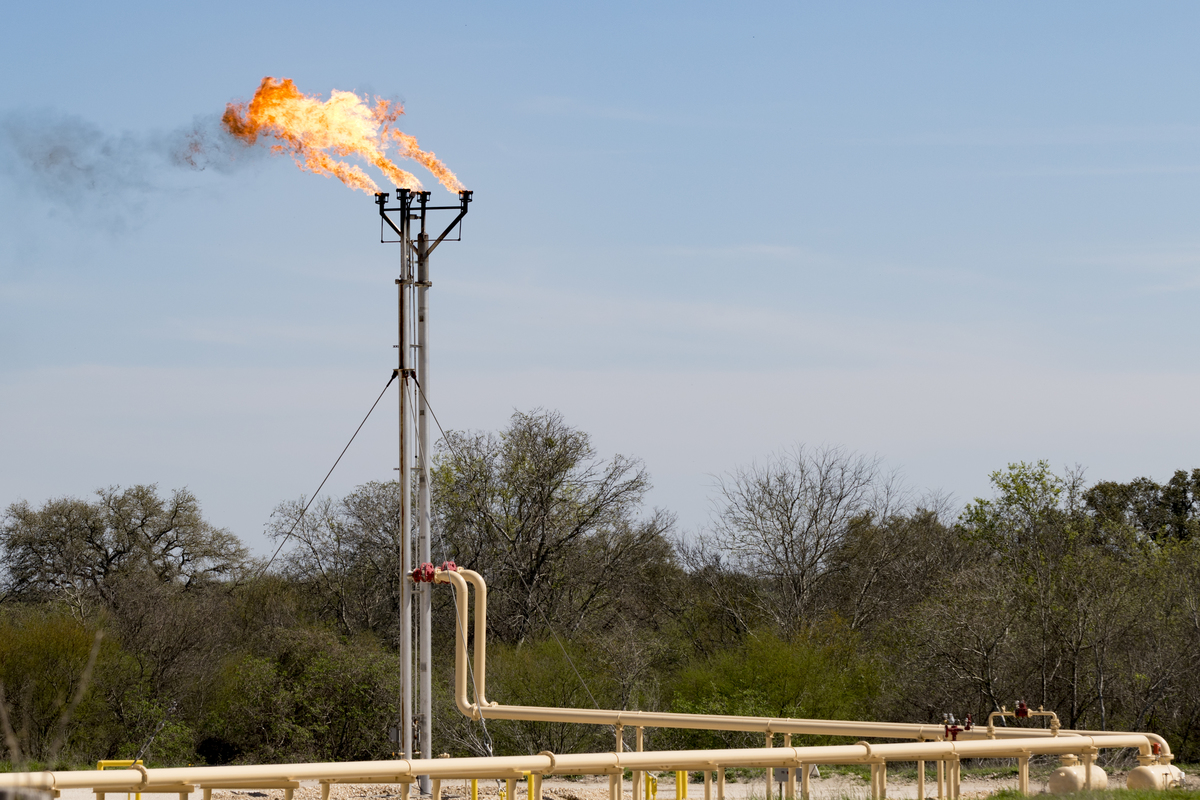As explained in Part I of this blog, utility shareholders have every reason to love the gas distribution system that the gas utilities have built over decades and continue to profit from. And that is why it is concerning that the New York Public Service Commission’s recent gas planning order puts primary responsibility in the hands of the utilities for developing plans to achieve the Climate Leadership and Community Protection Act emission mandates. Utilities’ recent rate filings and “climate plans” offer a preview of their vision of the “future of gas,” and it’s certainly full of hot air. Here in Part II, we explore some illustrative examples of utility proposals.
They never met a gas investment they didn’t like
Gas utility National Fuel Gas Distribution Corporation (NFG) has put forward a “Climate Action Plan” that carves out a remarkably small role for electric heat pumps. NFG recommends using heat pumps only in the context of hybrid gas furnace/electric heat pump systems where the system would switch over to gas heating when the outside temperature dropped below 30 degrees Fahrenheit (F). Thus, despite the fact that cold climate electric air source heat pumps can function at temperatures down to -31 degrees F, and a huge share of the heating needs occur when temperatures are between -31 and +30 degrees F, NFG’s plan would ensure the use of gas for almost all heating needs, locking in a lucrative future for the utility and a dismal one for the climate.
For its part, Con Edison in its current rate case has proposed that its customers invest in a new product called “certified gas.” According to ConEd, “certified gas” is “natural gas originating from producing sites that have undergone third-party certification to verify that the operator has met high environmental standards and best practices for methane emissions reduction in their operations.” In other words, “certified gas” is simply fossil methane extracted using the environmentally destructive practice of hydraulic fracturing (fracking) where a third party verifies that the fracker employed best practices to reduce methane emissions.
For the uninitiated, fracking is an environmental disaster that is unfolding in shale gas basins across the United States, with impacts ranging from habitat fragmentation, to polluted air and drinking water, to earthquakes. While New York had the prudence to ban fracking in the state, neighboring Pennsylvania now has over 13,000 fracking wells causing a host of health problems. Even assuming that ConEd’s wholly unverified certification program actually leads to lower greenhouse gas emissions at fracking wellheads—which seems far from certain—certified gas has all of the same methane emissions associated with leaks in transport and distribution as other fracked gas, as well as the same greenhouse gas emissions when it is combusted. So it is impressively bold for ConEd to repackage fracked gas as a climate solution and ask that its customers finance a pilot project to procure it!
From Soap to Nuts
But when it comes to utility audacity, it is hard to match National Grid’s Upstate affiliate, Niagara Mohawk. Niagara Mohawk recently proposed that its customers subsidize the installation of carbon capture units on individual gas furnaces. These units cost $20,000 apiece plus $10,000 in installation costs. The carbon dioxide would be used to create pearl ash, which National Grid touts for its ability to be made into boutique soaps.
If you’re concerned that this technology sounds speculative, you’d have good cause. At the time of the company’s proposal, only 10 of these units had ever been deployed and only one in the United States. Moreover, despite the exorbitant price tag, the carbon capture units only remove an average of 20 percent of the furnace’s carbon dioxide and would actually increase gas consumption because the carbon capture units themselves require 250 to 300 kWh per year to run. Finally, in case these features of the proposal didn’t make it unattractive enough, the units would require biweekly servicing to remove the pearl ash, necessitating a technician visiting your house twice a month for two hours.
It is difficult to fathom why National Grid thought this proposal merited nearly three quarters of a million dollars of its customers’ money, though perhaps the company speculated that it would make its other poorly conceived “future of gas” offerings appear more reasonable by comparison.
Yet apparently National Grid is not alone is dangling the prospect of carbon capture and storage to solve the climate impacts of the gas system in New York. In its previously-discussed “Climate Action Plan,” NFG similarly identified carbon capture and storage technologies to reduce the emissions from combusting gas, “renewable” natural gas, and for producing something called “blue” hydrogen. “Blue” hydrogen, you ask? If you think “blue” hydrogen sounds sad, you’d be right. Blue hydrogen is hydrogen that is produced from methane gas using steam and a catalyst where some climate impacts are supposedly mitigated because a portion of the carbon dioxide from the process is captured. Apparently NFG missed the take-down of blue hydrogen as a climate solution by Professor Bob Howarth from Cornell and Mark Jacobson from Stanford. The professors found that the footprint of blue hydrogen is 20 percent greater than burning natural gas or coal for heat and 60 percent greater than burning diesel oil for heat. So much for a climate solution!
With this important context, we turn in Part III of the blog to the gas planning and climate planning processes that are poised to unfold in New York.
